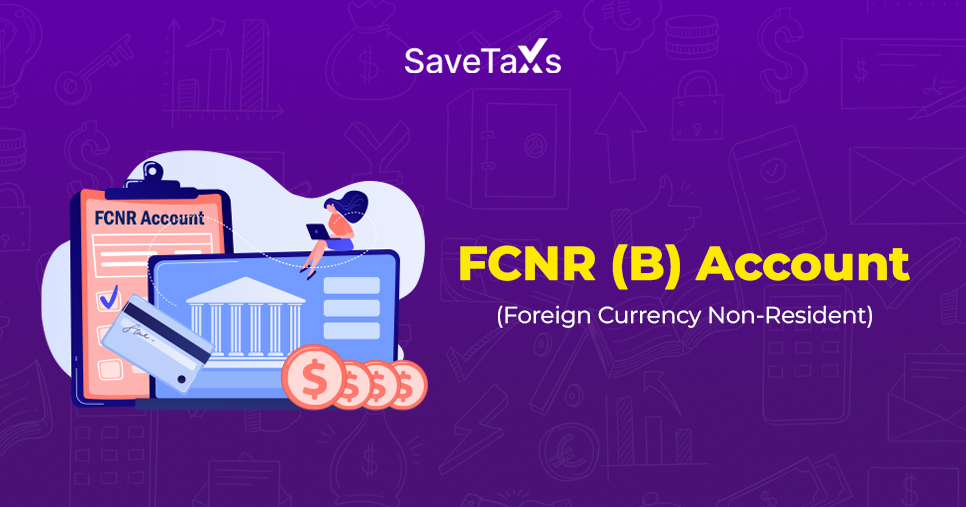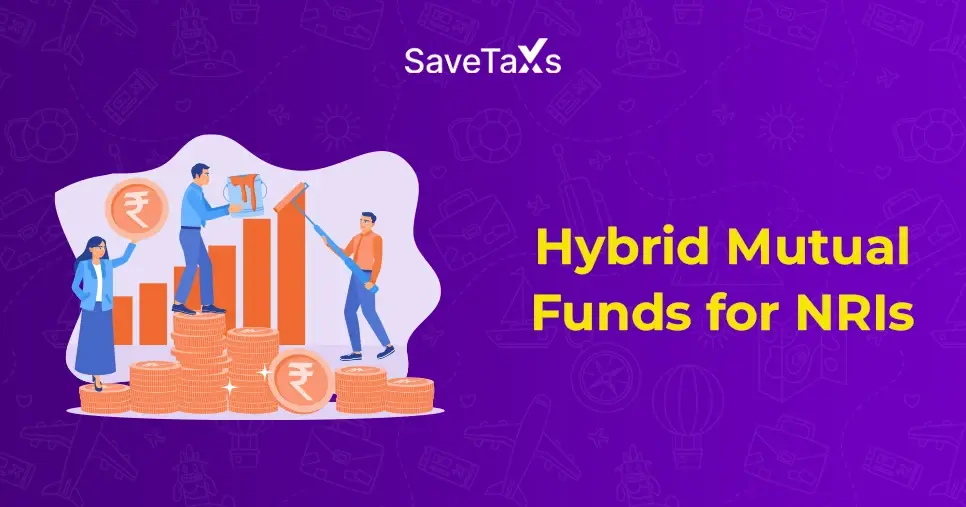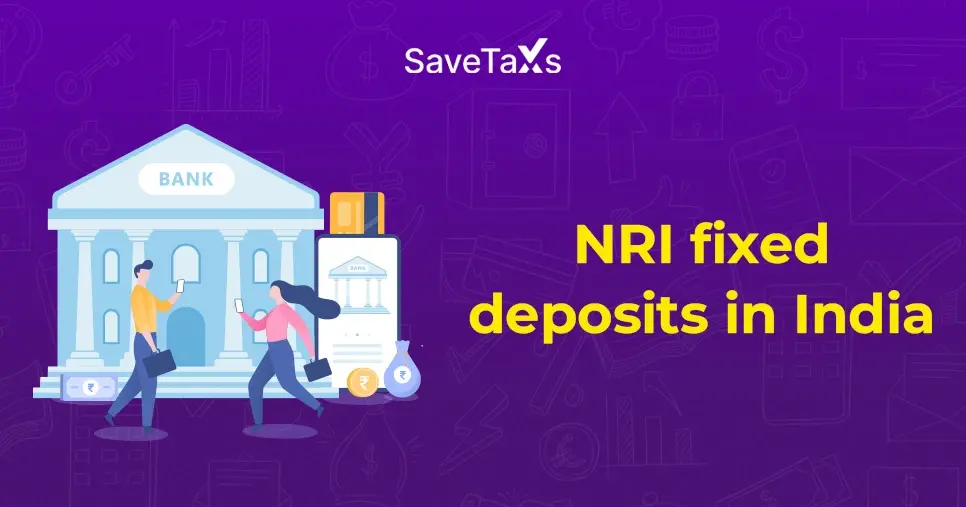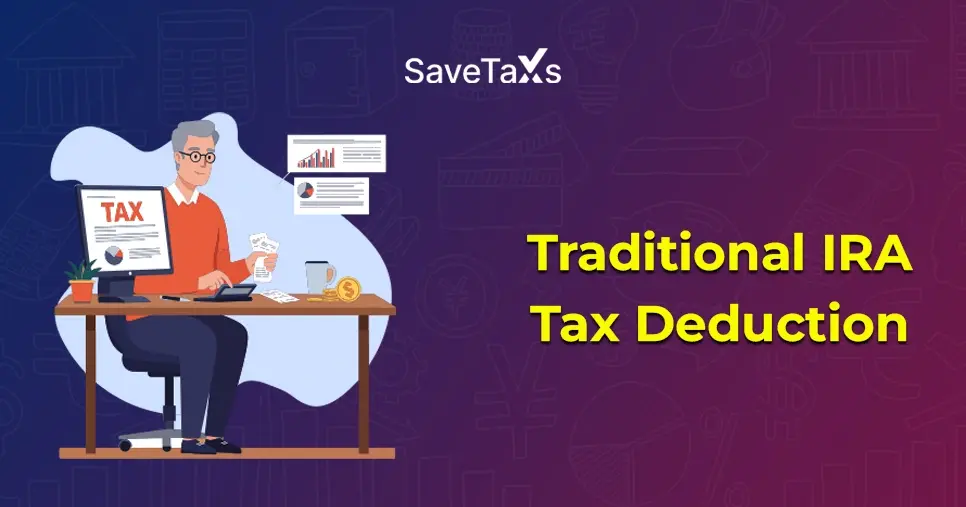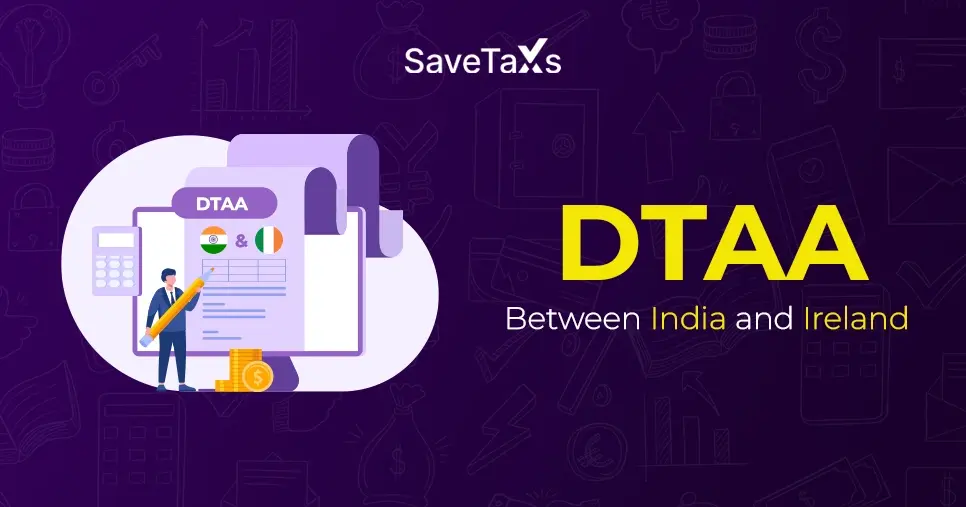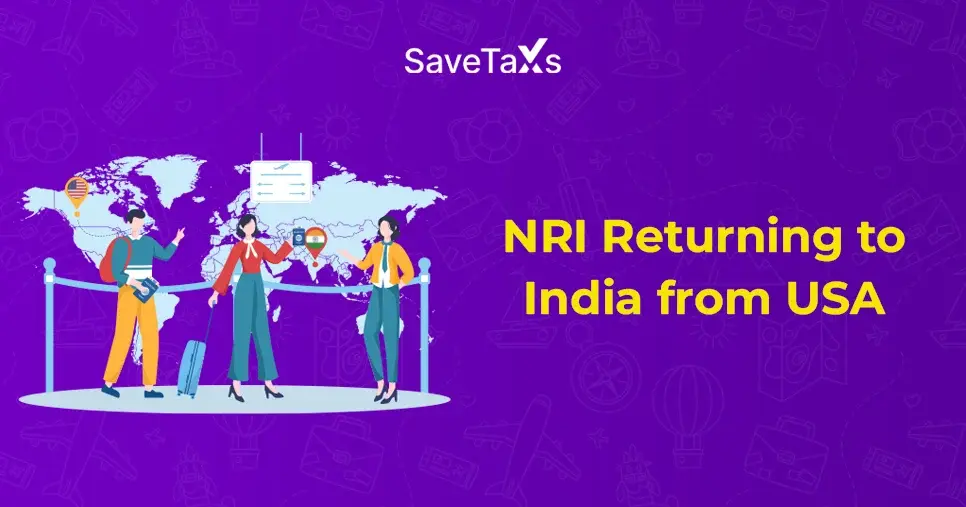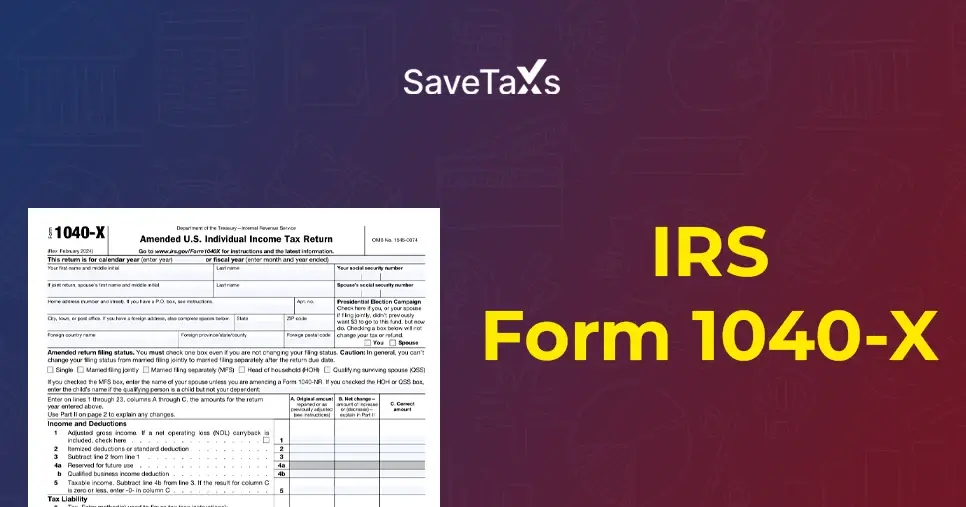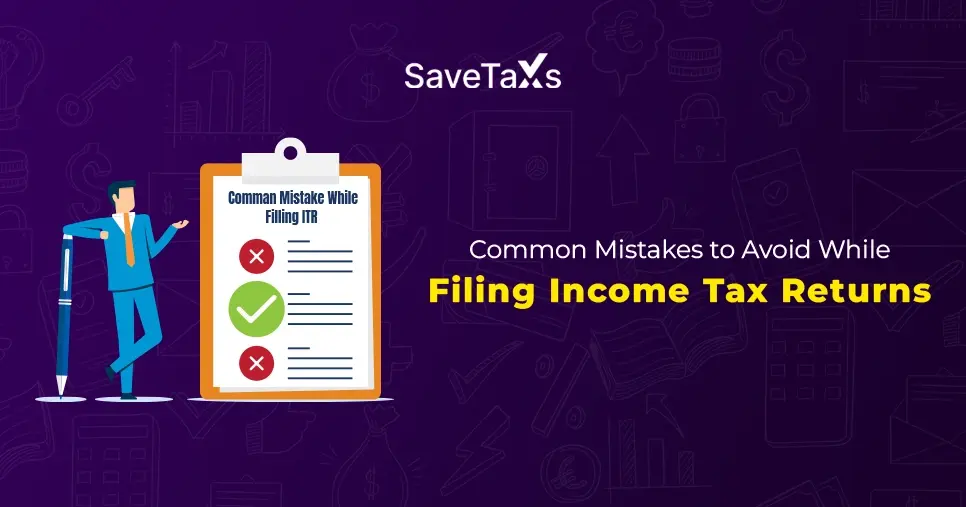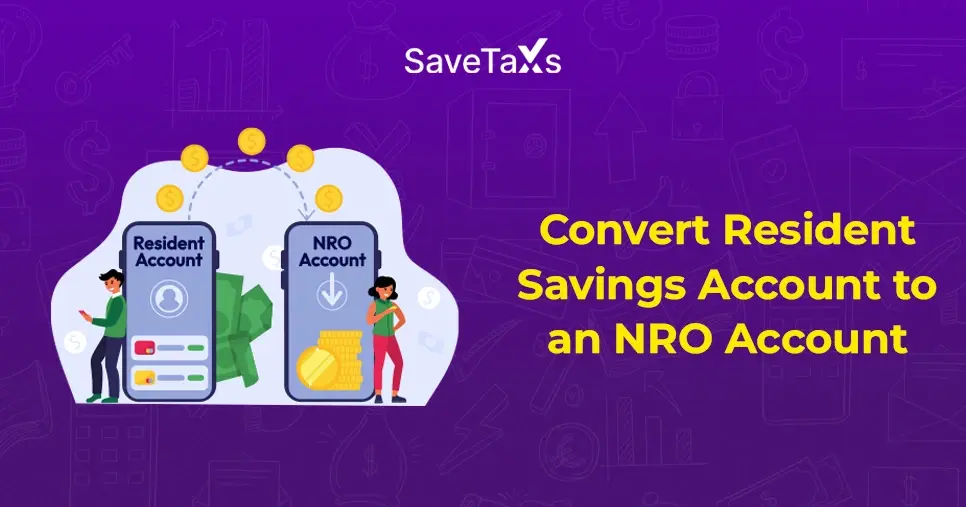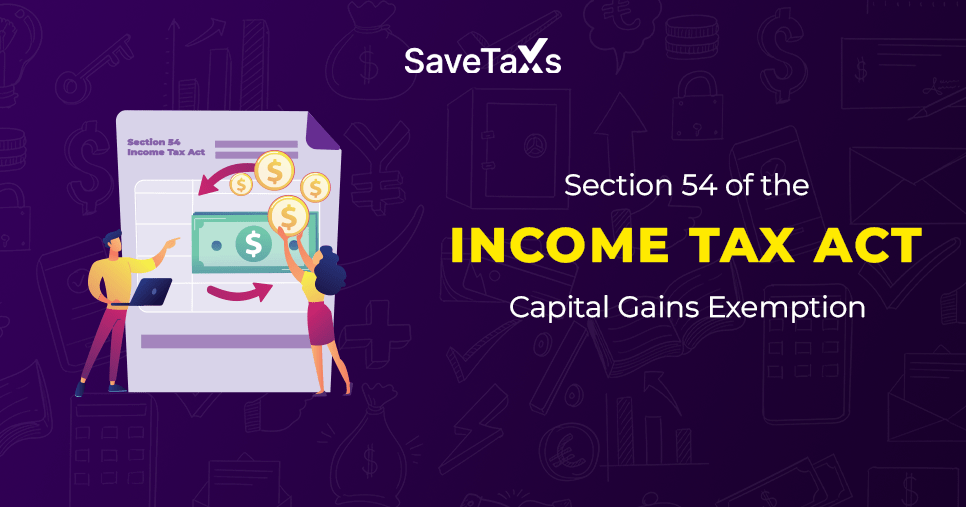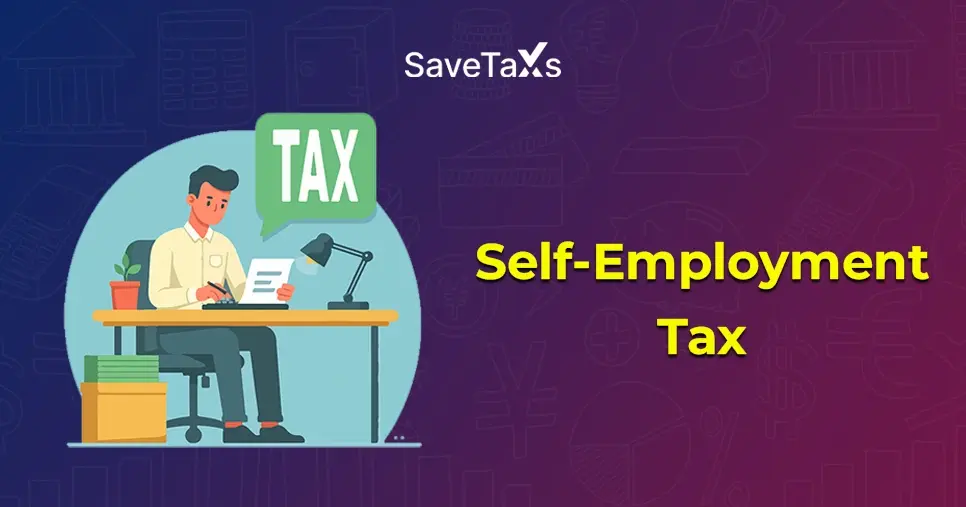- What is a Digital Signature Certificate (DSC)?
- Who Must Use a Digital Signature Certificate for ITR e-filing?
- Licensed Certifying Authorities that Can Issue DSC
- How to File ITR Online Using a Digital Signature Certificate?
- How to Register DSC for NRIs With the Indian Income Tax Department?
- How to File an ITR online by using a Digital Signature Certificate (DSC)
- Does a Taxpayer Need to e-Verify an Income Tax Return When Filed Using DSC?
- How to Apply for a DSC for NRIs?
- Expert ITR Consultation In A Click
As we enter a world where everything is becoming digitalized, the process of income filing has become significantly more straightforward and hassle-free. A digital signature certificate is required to file an income tax return online, serving both to authenticate individual documents and as proof of identity. The income tax department of India has given a digital signature certificate the same weightage as that of a regular signature.
In this blog, we will explore the use of a DSC to e-file an Income Tax return online and discuss additional related aspects.
What is a Digital Signature Certificate (DSC)?
A digital signature certificate (DSC) is an electronic format that is equivalent to a physical certificate. This certificate serves as an identity proof for an individual to access information or services on the internet, as well as sign forms or documents digitally.
In a nutshell, a DSC or digital signature certificate is an online or electronic version of an individual's physical signature. A digital certificate comes in the form of a USB token and has a validity of around one or two years. Once experienced, it can also be renewed. It includes the owner's name, key details, serial number, information about the certifying authority, and a digital signature, among other details.
Only the licensed certifying authority approved by the controller of certifying authorities (CCA) can issue a DSC.
There are Three Categories of DSC:
Class 1: This digital signature certificate (DSC) is issued to private subscribers and individuals.
Class 2: This digital signature certificate is issued to business personnel.
Class 3: This digital signature certificate is issued for both organizations and individuals.
Who Must Use a Digital Signature Certificate for ITR e-filing?
Income Tax Act section 44AB states that a Digital Signature Certificate (DSC) is compulsory for professionals and individuals whose yearly income is Rs 25 Lakhs or more. Businesses with a turnover of over Rs 1 crore are required to file their ITR online.
Licensed Certifying Authorities that Can Issue DSC
Below is a list of authorities that can issue the digital signature certificate.
- Safescrypt
- GNFC
- Indian Air Force
- Capricorn CA
- IDRBT
- NSDL e-Gove CA
- e Mudhra CA
- Verasys CA
- CDAC CA
How to File ITR Online Using a Digital Signature Certificate?
A digital signature certificate for filing an income tax return is a two-step process. You need to first register the digital signature certificate with the income tax department on their official website. Once you're registered, you can file your income tax returns.
How to Register DSC for NRIs With the Indian Income Tax Department?
To register a digital signature certificate for an NRI with the Income Tax Department of India, the taxpayer has to follow the following steps:
Step 1: Go to the official website of the IT and log in using the User ID and the password.
Step 2: Navigate to the Profile Settings of the main menu and click on Register Digital Signature Certificate.
Step 3: Now, download the DSC manager utility from the landing page by clicking on the link given on the page, extract the ZIP folder, and open the DSC manager utility.
Step 4: Click on the Register/Reset Password using DSC in the digital signature certificate management utility.
Step 5: Insert the digital signature certificate USB token in the port of the laptop or the desktop.
Step 6: Now, enter the E-filing user ID and PAN of the Digital Signature Certificate (DSC) registered in the e-filing. If you are an NRI, then this is not a mandatory field for you.
Step 7: Select the type of digital signature certificate for NRI (USB Token/.pfx file) and generate the signature file.
Step 8: Attach and submit the signature file by redirecting to the e-filing portal.
Once the digital signature certificate has been successfully registered, a confirmation email regarding the same will be sent to your registered Email ID. Registration of the DSC is a crucial first step in e-filing an income tax return (ITR) with the DSC.
How to File an ITR online by using a Digital Signature Certificate (DSC)
For a taxpayer to upload an ITR using a digital signature certificate, the steps below are to be followed.
Step 1: Go to the e-filing portal. A link will be provided on the website during the XML upload process. Now, download 'ITD e-filing DSC management Utility'.
Step 2: Extract the zip folder and then open the utility.
Step 3: Select "Submit ITR/Form online.
Step 4: Enter the e-filing User ID
Step 5: Enter the PAN of the DSC registered in e-filing. For the non-resident Indian (NRI) users, this field is not mandatory.
Step 6: Select the Digital signature certificate type.
1. Using .pfx file:
a) To select a valid .pfx file, click on the browse button.
b) Enter the .pfx file password.
c) Click on the generate signature file.
After completing the process, a successful completion message will be displayed on the screen, and a signature file will be generated and saved at the location where the ZIP was sorted.
2. Using USB Token Step:
a) Choose the calod USB token certificate.
b) Now enter the PIN for the USB token
c) Click on OK
Upon completion, a successful completion message will be displayed on the screen, and a signature file will be generated and saved at the location where the ZIP file was sorted.
Does a Taxpayer Need to e-Verify an Income Tax Return When Filed Using DSC?
A taxpayer who has filed an ITR by attaching a digital signature certificate. In that case, there is no need to verify the ITR separately. However, in other cases, an e-verification can be done by any of the prescribed modes.
How to Apply for a DSC for NRIs?
To apply for a digital signature certificate, applicants must follow the steps outlined below.
Step 1. Log in to the website of the certifying authority. Once logged in, you will be directed to the digital certification services section. Now, from the list available, choose the type of entity for which you want the digital signature certificate.
For example, if you are applying for an individual's digital signature certificate (DSC), click on the individual option given there. Once you do so, a new tab will be reflected with the DSC registration form. Download that form.
Step 2. Once you have downloaded the form, the next step is to fill in the details.
- Class of the DSC
- Validity
- Type, Single signature or Signature, and encrypt
- Applicant name and contact details.
- Residential address
- GST number with all the details of the proof documents.
- Declaration
- Documents as address and identity proof.
- Attestation officer
- Payment details
After filling in all the required details, you are now required to affix the recent photograph along with your signature under the declaration. Please check the details once you take the printout of the form.
Step 3. Now, you need to submit all the supporting documents, ensuring that the attesting officer attests the address and identity proof among all the documents. At the same time, ensure that the seal and the signature of the documents are clearly visible.
Step 4. For the payment of the Digital Signature Certificate (DSC), a Demand Draft (DD) or a cheque must be obtained in the name of the Local Registration Authority of the place where you are planning to apply for verification purposes.
Step 5. The final step in the process is to post the documents to the designated address of the Local registration authority for further processing.
Expert ITR Consultation In A Click
A Digital Signature Certificate for an NRI is an electronic form of an individual's or organization's physical signature, serving as their identity. This certificate is also used to e-verify the income tax return filed by a taxpayer who is a non-resident Indian. If you need any expert consultation regarding the entire process of tax filing as an NRI, our experts are here to guide you. We are serving our clients 24/7 across all time zones.
Savetaxs has been serving NRIs (non-resident Indians) like you with expert consultation on ITR filing and everything related to Indian taxation, and its satisfied customer base speaks volumes for it. Expert NRI-centric advice for you is just a call/text away. Connect with us today!
Note: This guide is for informational purposes only. The views expressed in this guide are personal and do not constitute the views of Savetaxs. Savetaxs or the author will not be responsible for any direct or indirect loss incurred by the reader for taking any decision based on the information or the contents. It is advisable to consult with either a Chartered Accountant (CA) or a professional Company Secretary (CS) from the Savetaxs team, as they are familiar with the current regulations and help you make accurate decisions and maintain accuracy throughout the whole process.

Mr. Ritesh has 20 years of experience in taxation, accounting, business planning, organizational structuring, international trade financing, acquisitions, legal and secretarial services, MIS development, and a host of other areas. Mr Jain is a powerhouse of all things taxation.
Want to read more? Explore Blogs
Frequently Asked Questions
No matter what your source of income is, we've got you covered. There’s a plan for everybody!
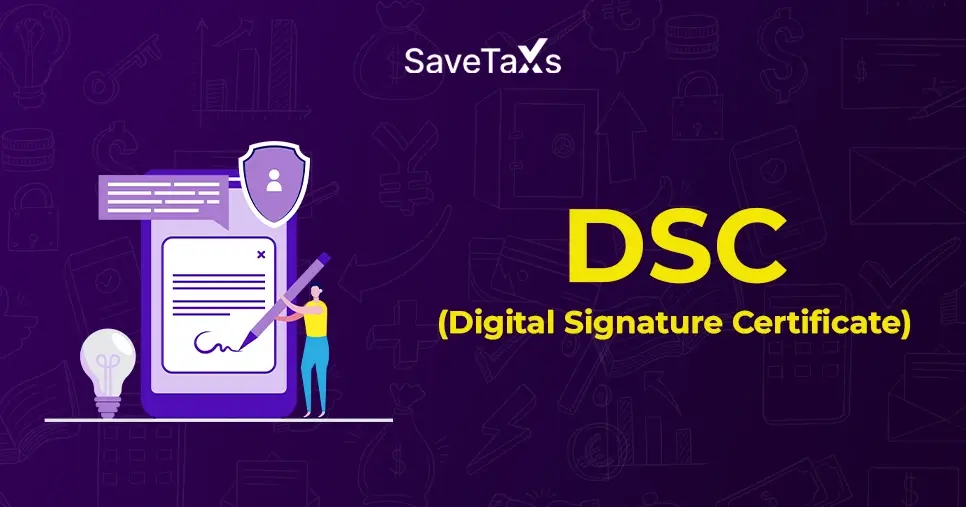
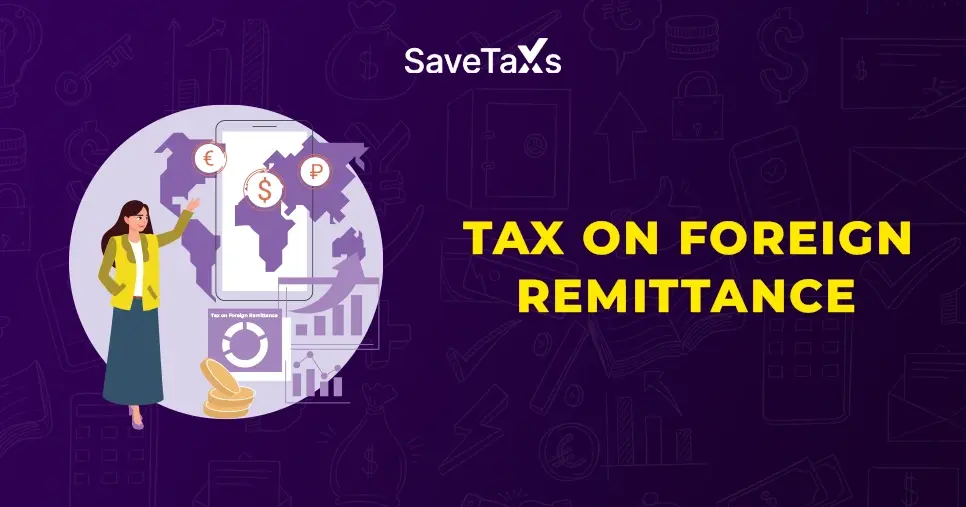
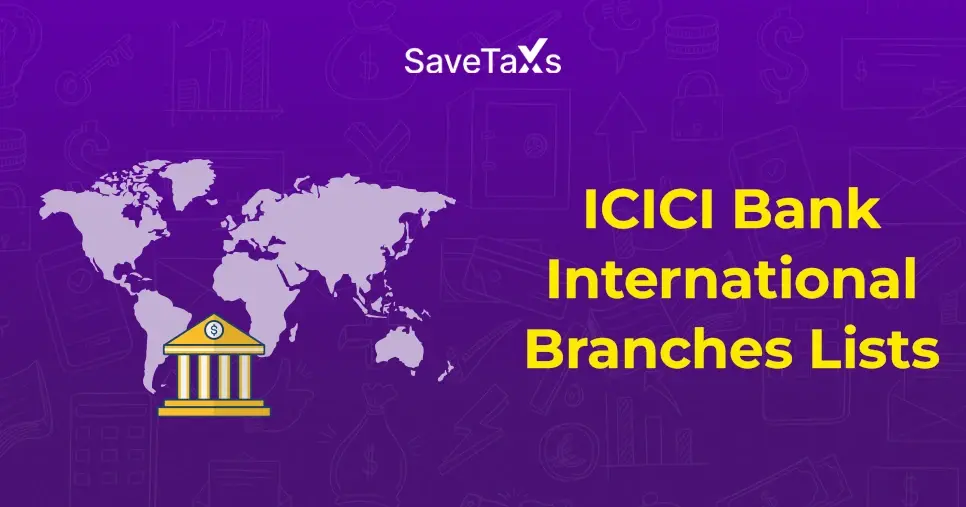

_1756729655.webp)
